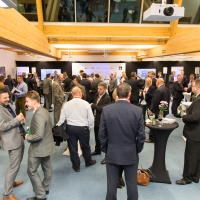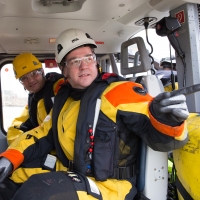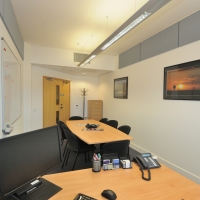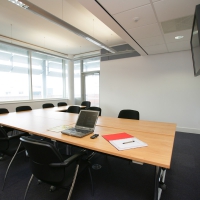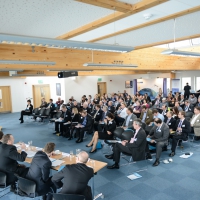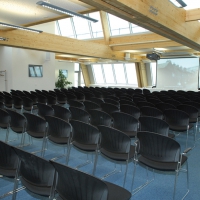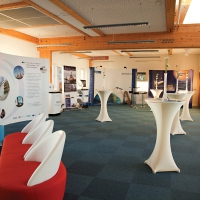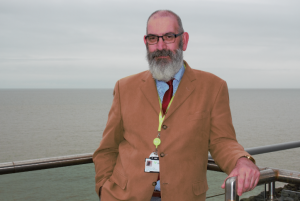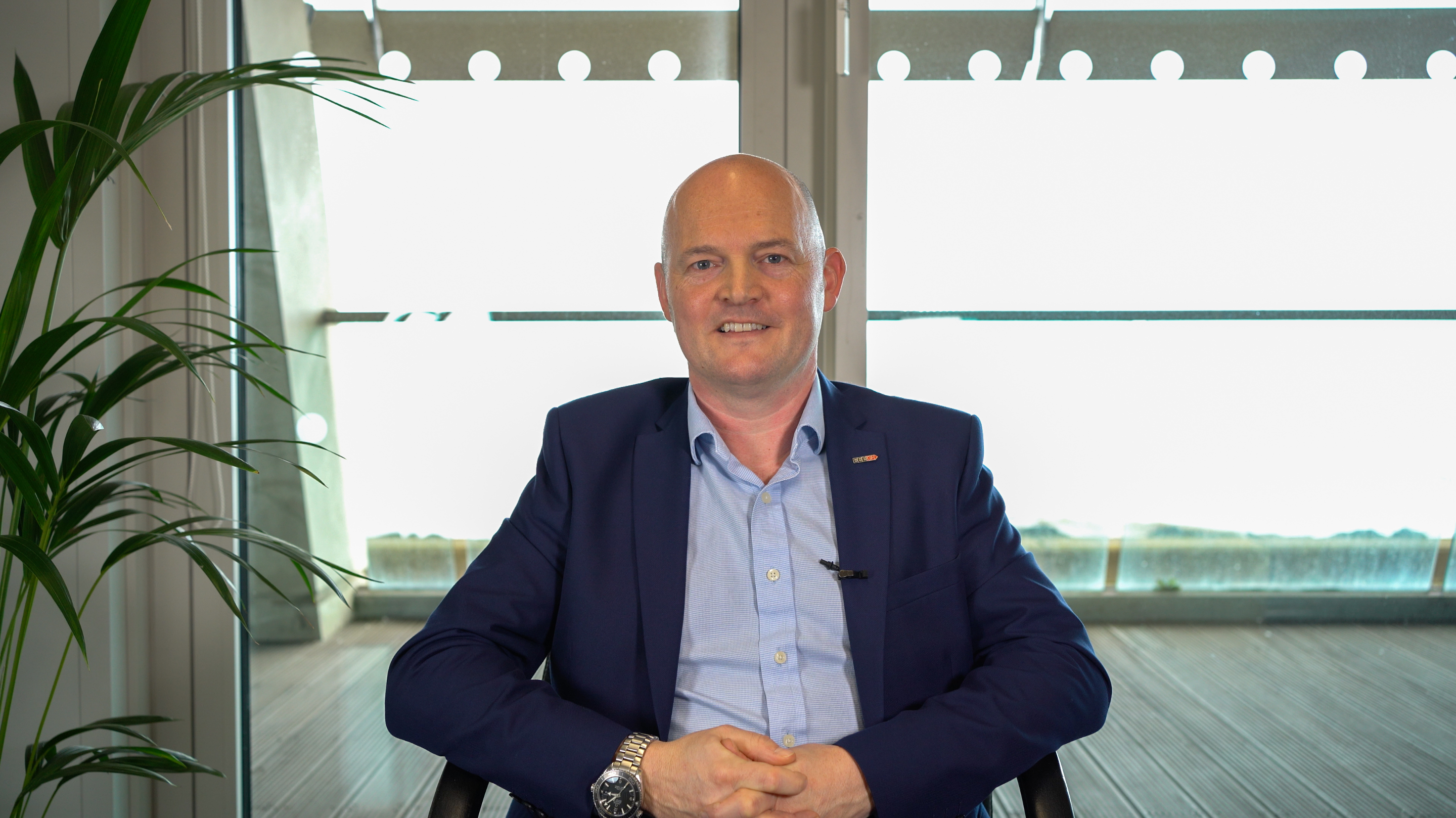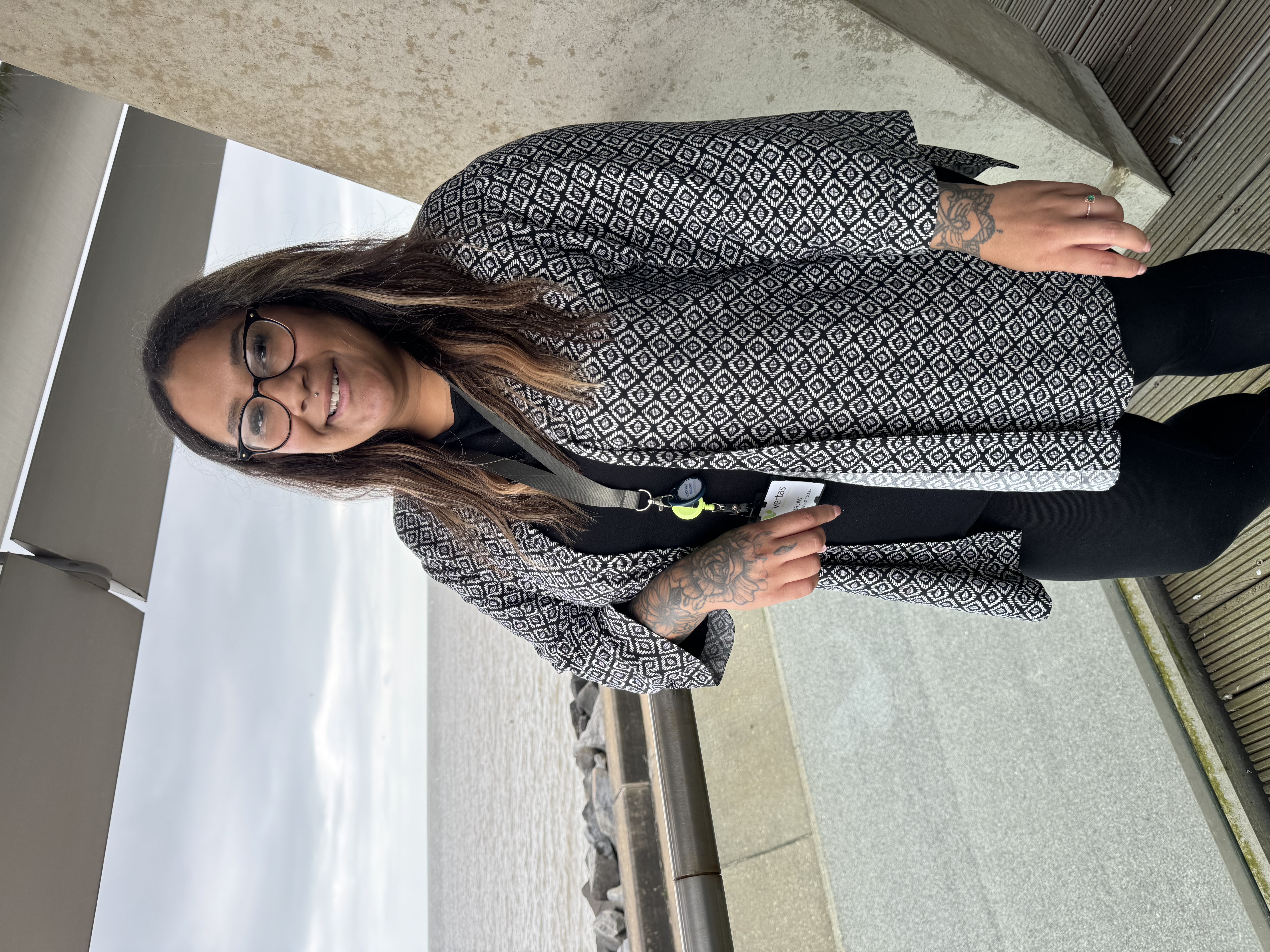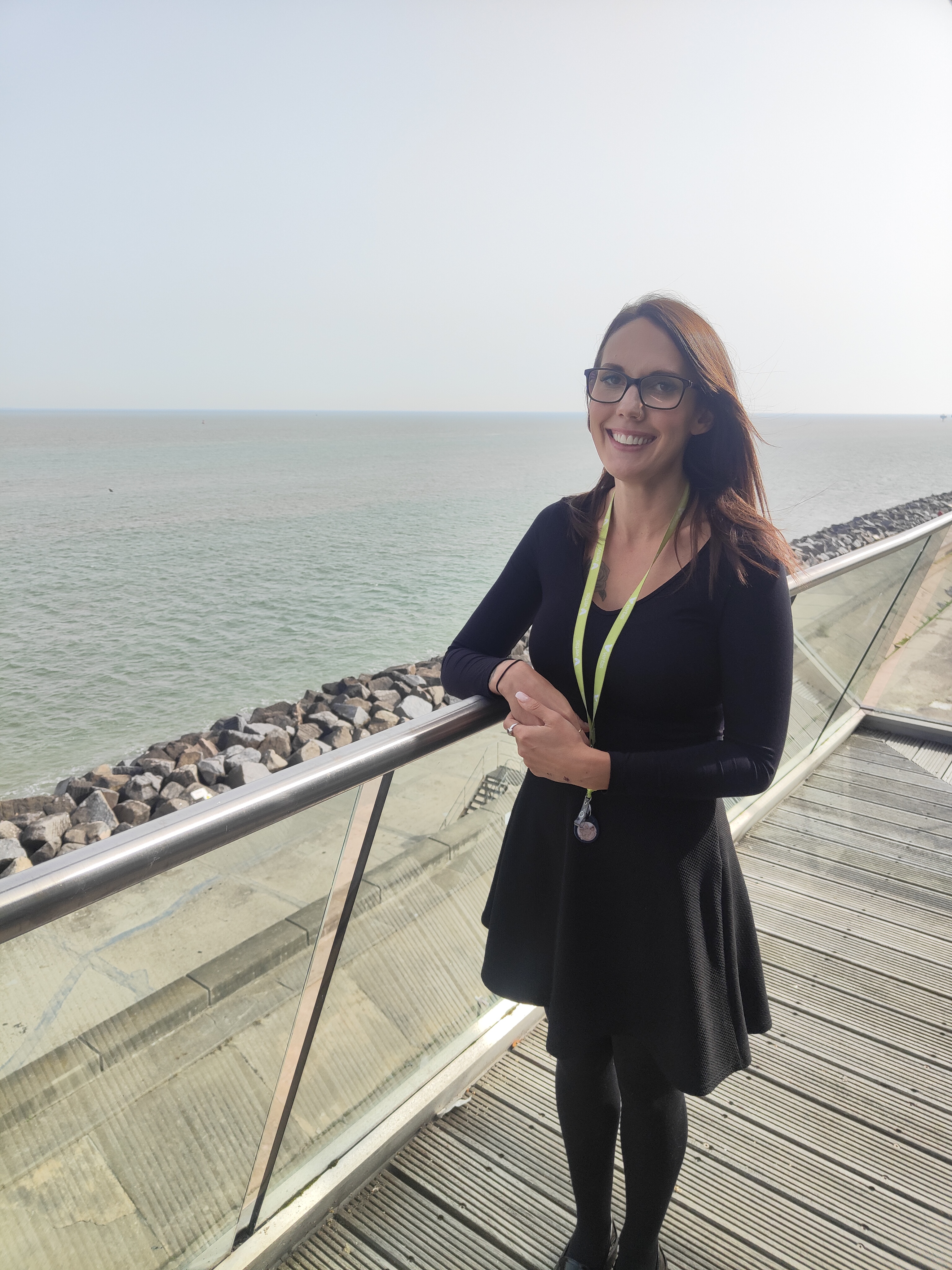The first kittiwake chick has hatched at a purpose-built artificial nesting structure off the coast of Lowestoft, UK.
The structure was built in connection with Orsted’s Hornsea 3 offshore wind farm.
2024 marks the first breeding season since the structures were built, and the team was pleasantly surprised that a nesting pair settled in so quickly.
The nesting structures are located far from the wind farm’s turbines but form part of Orsted’s commitment to environmental protection as a requisite of building the wind farm.
We hope that birds of a feather will flock together and that this chick will be the first of many hatchlings to benefit from these efforts.
Global kittiwake population has been estimated to have fallen by around 40% since the 1970s, so kittiwake “hotels” and other similar structures are vital to protect the species.
The good news is that kittiwakes seem happy to build nests within man-made structures, in the right conditions.
Two years ago Orsted entered into an agreement with Alpha Petroleum Resources and Energean UK to explore the potential repurposing of the Wenlock gas platform in the Southern North Sea as an artificial nesting structure for the 2.8GW Hornsea 4 wind farm.
The provision of artificial nesting sites is considered a viable compensation measure for the potential impact of offshore wind development on certain seabird species, including the black-legged kittiwake.


